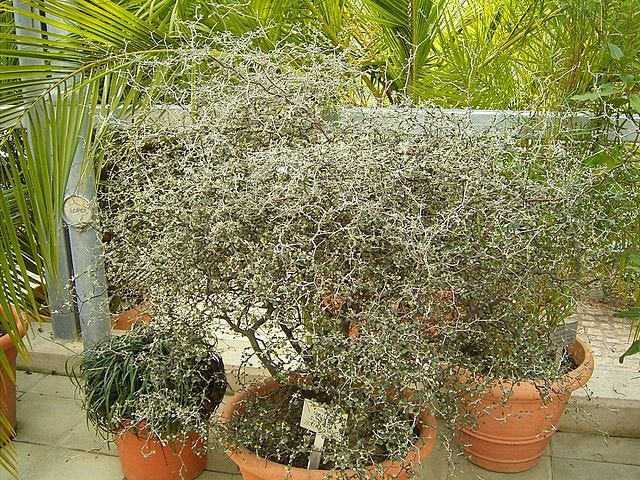
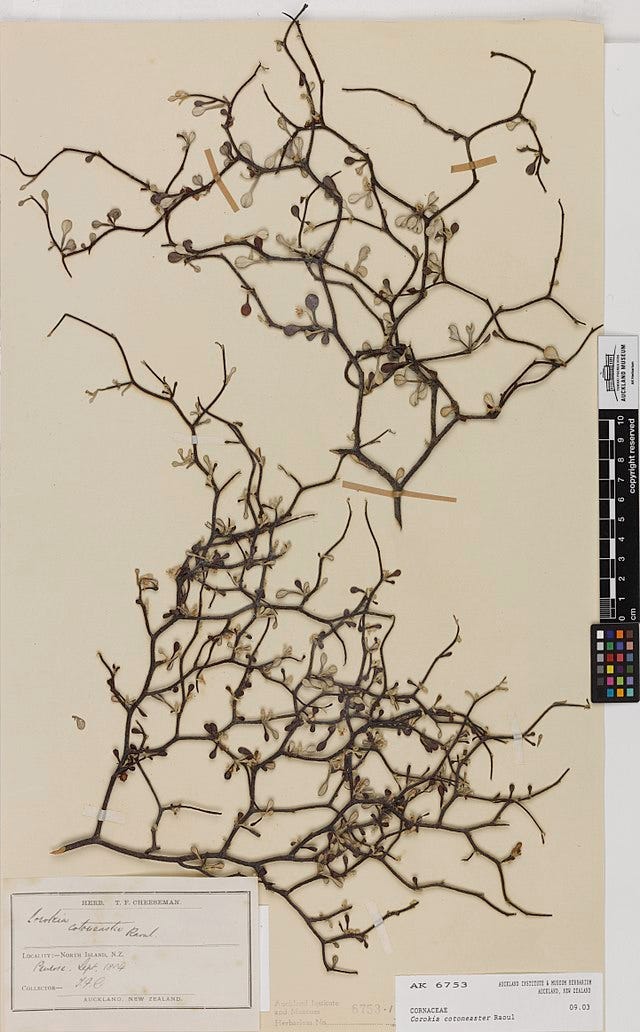
The Corokia species are native and endemic to New Zealand and they are known for their odd way of growing. These shrubby plants have zig-zagging, interlacing branches with tiny leaves that grow mostly on the inside of the shrub. It’s called divarication and it’s weirdly common in New Zealand’s plants. As in, not just Corokia grow this way. There are a couple of theories as to why this happens in New Zealand, but we’ll get to that in a second.
This is a total wish list plant for me. I don’t have one, but I want one, they’re so weird. But they’re not just a curiosity, they’re important in New Zealand, too. Ecologically the plant’s dense growth habit makes it good habitat for insects and small mammals. Its berries are also edible and are favored by two of the island’s bird species, the tūī and kererū. While the berries are safe for humans to eat, they are purportedly not yummy.
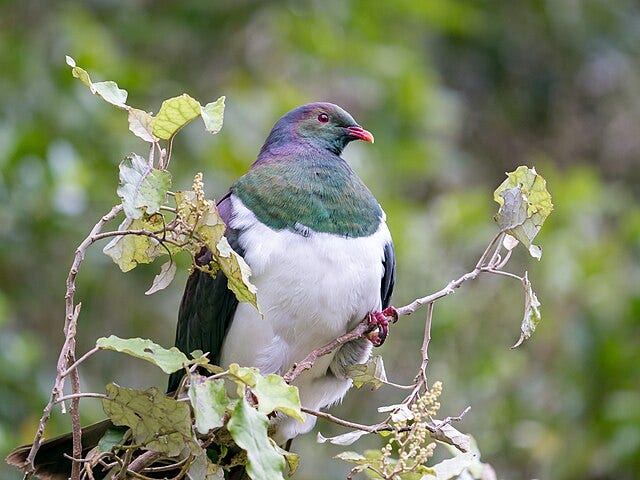
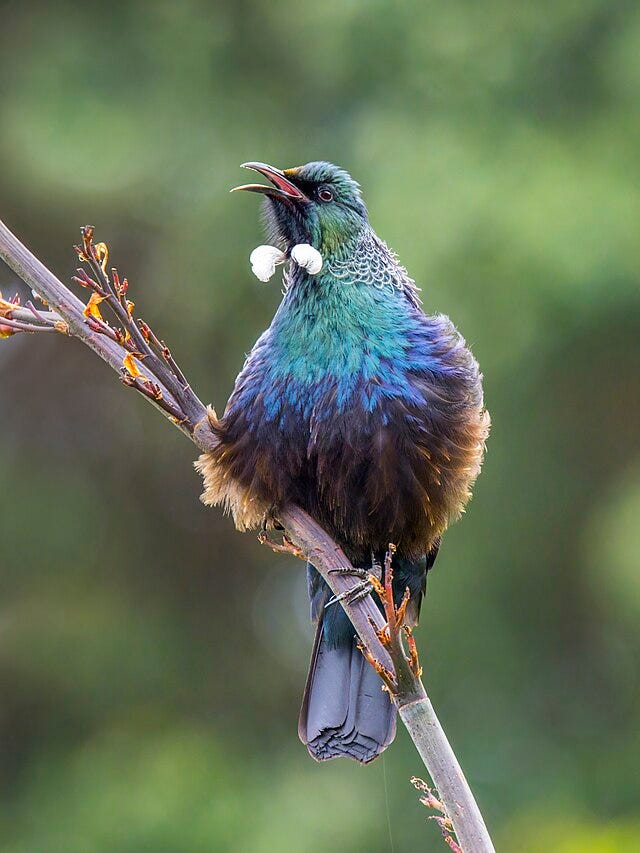
Medicinally, the Māori use the leaves in a tea that is said to instantly cure stomach issues. I found this reported in a couple of places from different sources, so it’s possible there is something to it. Corokia bark contains beta-sitosterol, a phytosterol that WebMD says is probably good for reducing cholesterol and also reducing an enlarged prostate. And it might be good for reducing your risk of heart disease. There doesn’t appear to be any solid science on this yet.
Speaking of the Māori, I came across something interesting regarding Corokia. You’ll need a little background information for this and I’m going to do my best with it. In Māori culture everything is either tapu or noa. Tapu is where we get the English word taboo and it denotes something sacred and not to be trifled with. Noa are everyday, ordinary things. According to several sites the leaves of Corokia (korokio in Māori) can be used in a ritual to remove the tapu from food. But, this is a little confusing because according to Māori mythology and a few corroborating sources, all food is noa. Here’s why, and I’m going to mostly use the English translations for the Māori names. During creation the Sky Father and Earth Mother were torn apart by their children, who were quarrelsome. One child, Tāwhirimātea, attacked his brothers (the gods of sea, forest, cultivated, and uncultivated foods) and ate them. The act of eating them removed their tapu, their sacredness, thus making them, and all food by extension, noa, or ordinary.
So I spent a lot of time looking for the source of the story that Corokia leaves were used to take the tapu from food, but I couldn’t get to it. I’d love to know if this is true or not, though. Any Māori readers out there?
The Māori also used Corokia’s zig-zagged wood to make fishhooks and some kind of knife to treat wounds, I couldn’t find any clarification on that one. The way it’s described almost makes it seem like they used it as a needle to stitch wounds, but honestly that’s just me speculating.
And that brings us back to that strange growing habit of the Corokia, divarication. As I said above it’s pretty common in plants from New Zealand. Here’s a picture of a Sophora prostrata, a member of the pea family showing the same odd zig-zagged tangle of branches as Corokia.
In fact 10% of New Zealand’s plants zig-zag like this. The question is why? What is it about New Zealand that causes plants to behave this way? Well there are basically two theories.
One is that it has to do with the moa, New Zealand’s now extinct, giant flightless bird. The moa stood around ten feet tall, which is about as tall as the tallest ostriches get today. Bird grazers aren’t really bothered by thorns or prickers the way a mammalian grazer would be, so the theory is that growing a net of flexible branches over their tiny and barely worth eating leaves helped the plants avoid moa predation.
But not all scientists were buying that one. Others hypothesized that the change in growth habit occurred when New Zealand’s climate changed from tropical to a colder, drier climate during the Pleistocene. They argue that by shrinking leaf size and bringing them within the protection of the branches the plants would lose less water and be more protected against temperature extremes.
The climate change theory gained popularity until a 2007 study in Madagascar found that plants there also have a strong tendency to divaricate. So what does Madagascar have in common with New Zealand? Yep, extinct, giant flightless birds, the elephant birds to be exact.
For now the prevailing theory is… well, why not both? There’s no scientific law against an adaptation being selected for because of more than one environmental stressor. So pile ‘em on!
Regardless of the reason, this curious zig-zag tendency makes for some interesting and unique plants and gave me an excuse to mix a bunch of birds into the post today.
So that’s it! This month’s plant will serve as inspiration for the paid posts in my 100% Plant-Based Horror sections. Here’s the breakdown, in case you’re new and/or curious.
First week of the month - The Lab (that’s this post!) - Free for everyone
Second week of the month - The Witch Lab (a short, spooky piece from a plant witch’s journal detailing one of her experiences helping (I use the term loosely) a client using the featured plant of the month - Paid subscribers only, here’s a freebie you can read to check it out!
Third week of the month - The Spell Book (an entry from The Witch’s spell book detailing how she uses this plant for her dark magic including spells, chants, recipes, instructions, and more). Paid subscribers only, here’s a freebie you can read to check it out!
Fourth week of the month - 100% Plant-Based Horror story featuring the month’s plant. These are longer stories that include everything from ghosts, to parasites, aliens, experimental supplements, and more! - Paid subscribers only, here’s a freebie you can read to check it out!


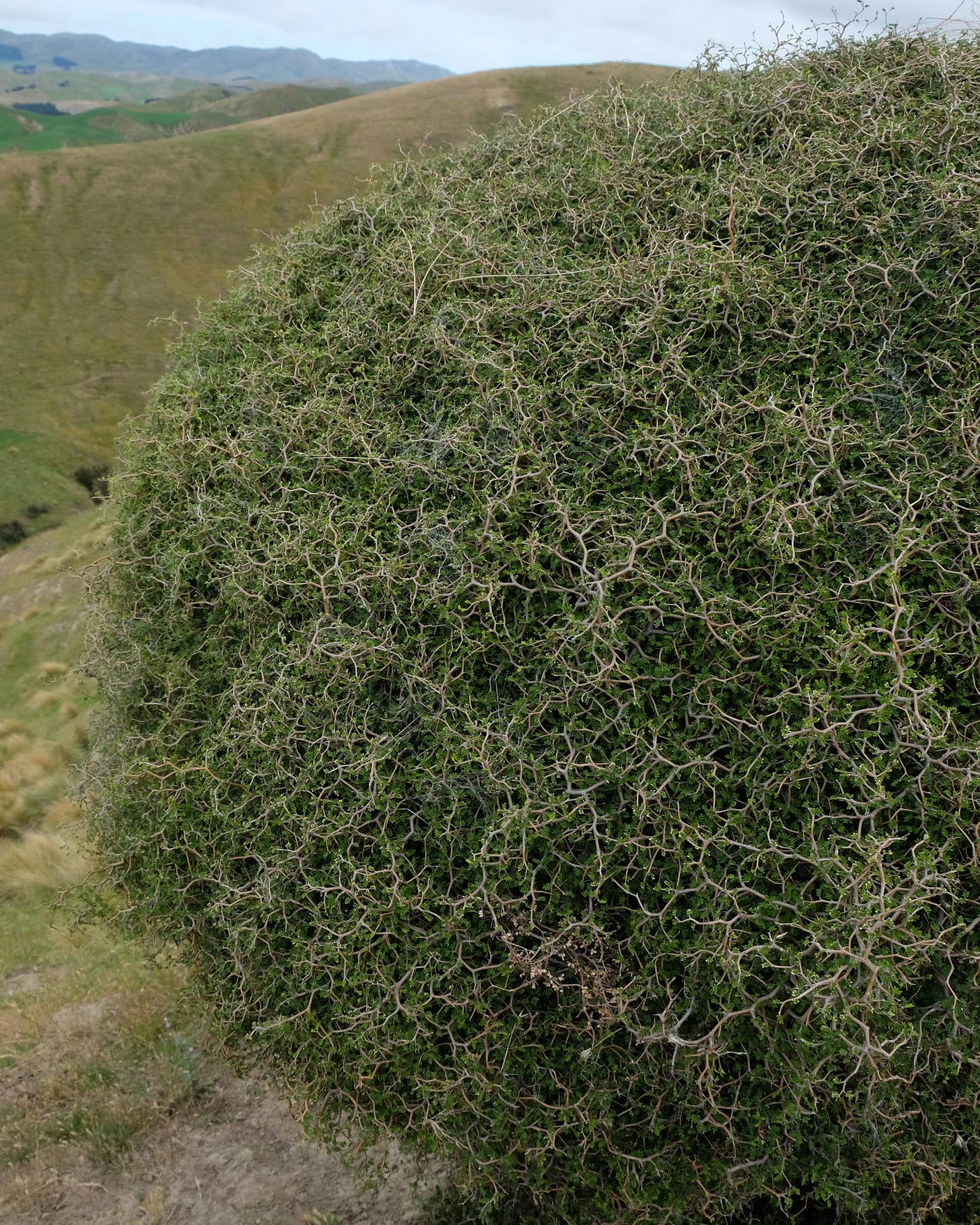
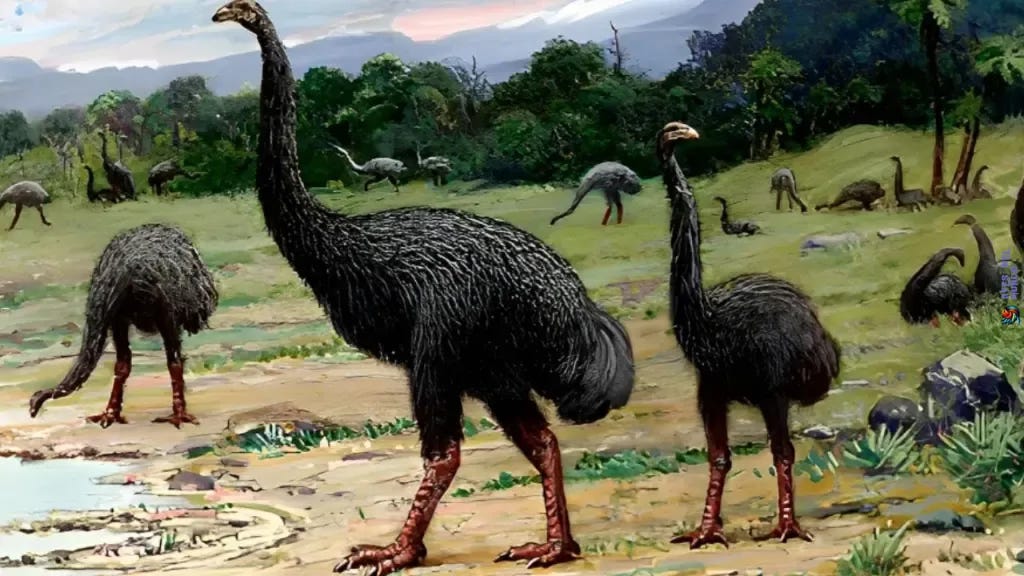
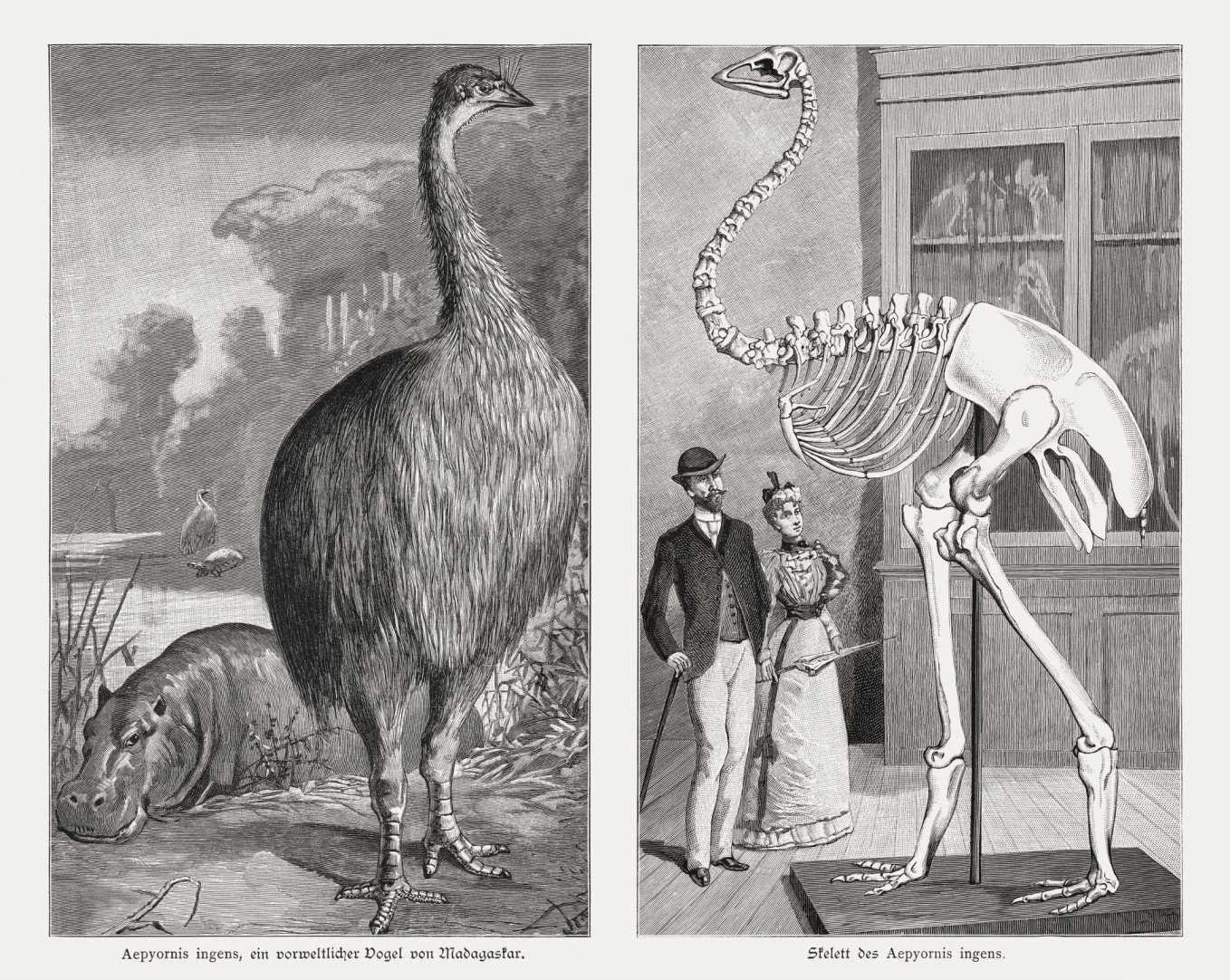
A lot of interesting flora and fauna information here. I love the look of the Wire-Netting Bush.
Super info, I'd be curious to find out if there are really are taboo unclean foods, post if you find out.